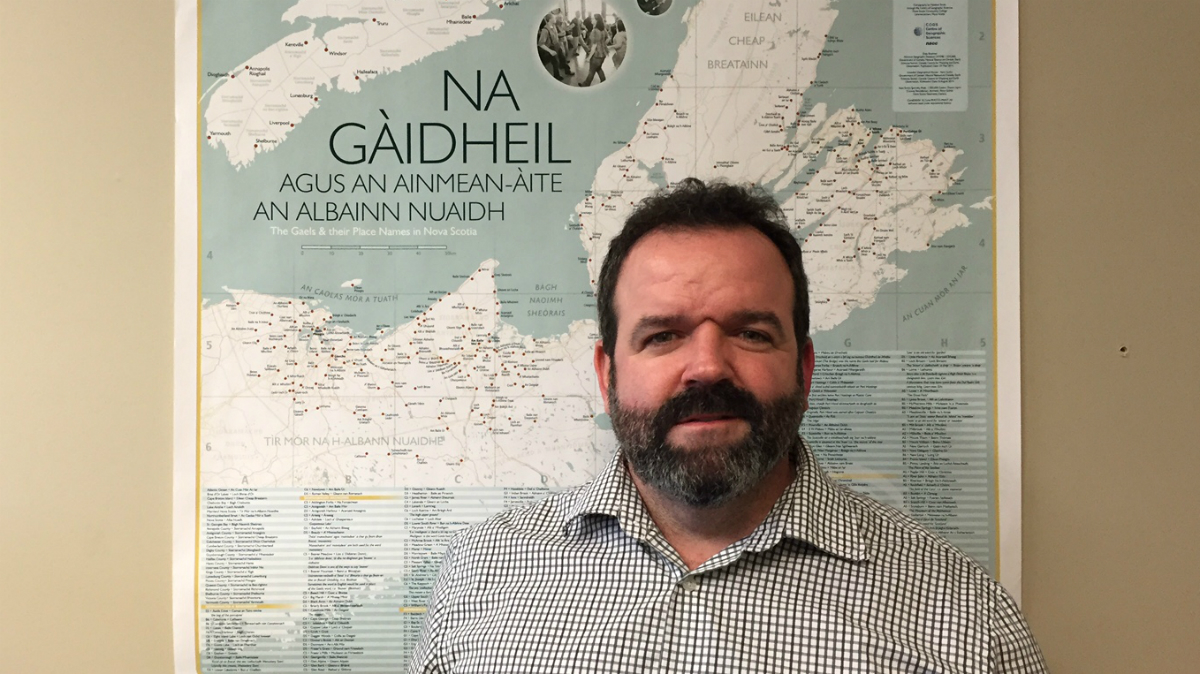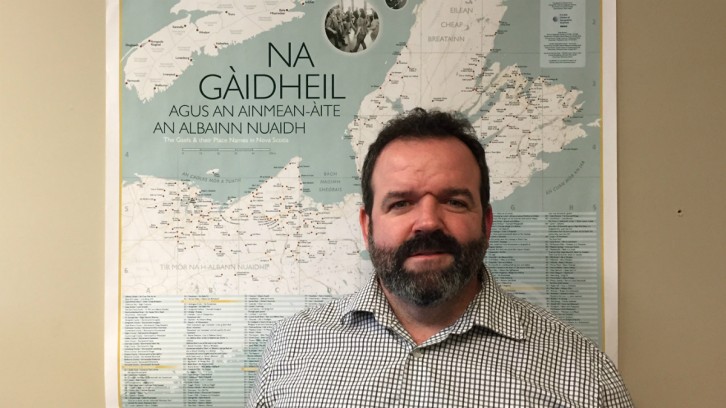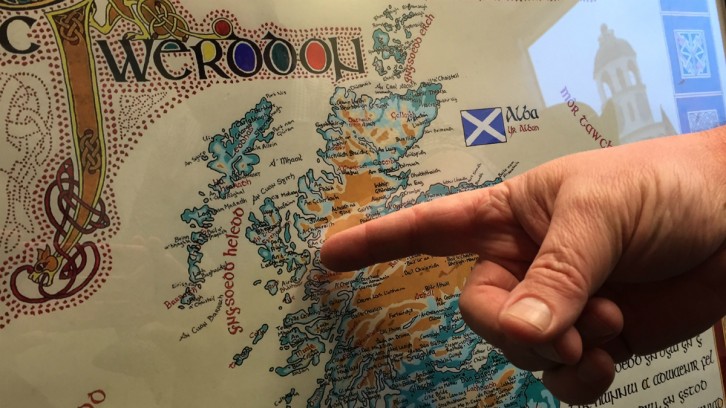Languages
Province renews Gaelic bursary
The governments of Nova Scotia and Scotland fund travel to learn Gaelic on the Isle of Skye

caption
Lewis MacKinnon, executive director of Gaelic Affairs.When Emily McEwan-Fujita was getting married, she looked all over Halifax for a minister to perform her wedding in Gaelic. She knows finding a Gaelic speaker can be difficult and so appreciates any opportunity for Nova Scotians to learn the language.
Any time you can immerse yourself in the language is a “really precious thing,” said McEwan-Fujita, who runs the blog Gaelic Revitalization in Nova Scotia. “It has to be encouraged.”
The bursary program
Last week, the provincial government announced the renewal of its bursary program to support a trip to Scotland for people interested in learning Gaelic. It’s the fourth year since the government started the program.

caption
Lewis MacKinnon, executive director of Gaelic Affairs for Nova Scotia, says he received 20 applications last year.“The Scottish government makes an investment each year and we administer the program,” said Lewis MacKinnon, executive director of the Gaelic Affairs office for Nova Scotia.
According to MacKinnon, the applicant must be:
- A permanent resident of Nova Scotia
- Learning Scottish Gaelic
- Older than 18 (able to travel overseas)
The qualified applicant will join the class at Sabhal Mòr Ostaig, a national centre of the Gaelic language located on the Isle of Skye. The bursary, which usually amounts to $2,500, will support the cost of travel, learning, accommodation and meals.
The application is due Feb. 19.
“Last year we had 20 applicants,” said MacKinnon.
Learning Scottish Gaelic in Nova Scotia
Scottish Gaelic language was brought to Nova Scotia between 1773 to 1850 with the arrival of Scottish immigrants.
“We estimate about 50,000 Gaels came from Scotland to Nova Scotia,” said MacKinnon.
In 2011, 1,645 people in Canada declared the language to be their mother tongue, according to Statistics Canada. Three hundred of those were in Nova Scotia. The total Gaelic-speaking population in the province was 1,275.
The same report shows that 31 per cent of Nova Scotians identified Scottish as their ethnic origin.
For Georgina Fraser, a Halifax woman who’s originally from Cape Breton, the Gaelic language means “nostalgia,” reminding her of her grandparents who used to speak Scottish Gaelic. She loved their small Gaelic lessons from time to time during her childhood.
“Only simple phrases, like greetings,” she said. “Those are sweet memories to remember.”
Fraser said she never saw them speaking Gaelic when there was anybody else in the room “because nobody would understand what they were saying,” she said.
For those who are interested in practising their Gaelic, there are big Gaelic-speaking communities in Cape Breton, Antigonish, Pictou and the Halifax Regional Municipality. In Halifax, the local Gaelic Society offers weekly classes.
Even though it’s using the same alphabet, the grammar and pronunciation are different from English. This can make learning Gaelic more difficult than expected.
McEwan-Fujita listed three reasons why Nova Scotian Gaelic learners would benefit from the trip:
- They have a chance to learn Gaelic every day in an immersion environment
- They can make connections with people there
- They can bring their skills back to Nova Scotia and help pass on what they’ve learned to other people
“That helps to make our Scottish Gaelic tradition stronger here,” she said.
What the program gives to Nova Scotians
In the selection of the applicant, MacKinnon pointed out three key criteria:
- How the person has supported the local Gaelic community
- How the person would share their experience and skills with the community after the trip
- How well the person understands Gaelic dialects, which form the uniqueness in each Gaelic culture

caption
MacKinnon points to the Isle of Skye. The Scottish government helps fund the bursary to travel to the island.According to MacKinnon, the Scottish government is now reviewing the program’s budget for the next fiscal year. Its review will be released on April 1.
“We would obviously like to see this program continue,” he said. “It’s continuing to build the links we have between Scotland and Nova Scotia.”
He said the Gaelic Affairs office wants to see more Gaelic classes in schools and institutions. They’re also communicating with Gaelic speakers to revive the traditional event called the “cèilidh” (pronounced “kay-lee”). The term means “visit” like a small meeting or party, during which people share their experience and knowledge.
“The language is vital to the Gaelic culture,” said MacKinnon. “You can have local support, from people in the community. But it’s also good to have connections overseas.”
Video: Lewis MacKinnon’s on the Gaelic bursary program. (English subtitles are available.)
About the author

Lisa Takagi
Lisa Takagi is a journalist and artist living in Halifax. Takagi has covered culture and cultural issues in Nova Scotia since she moved from...